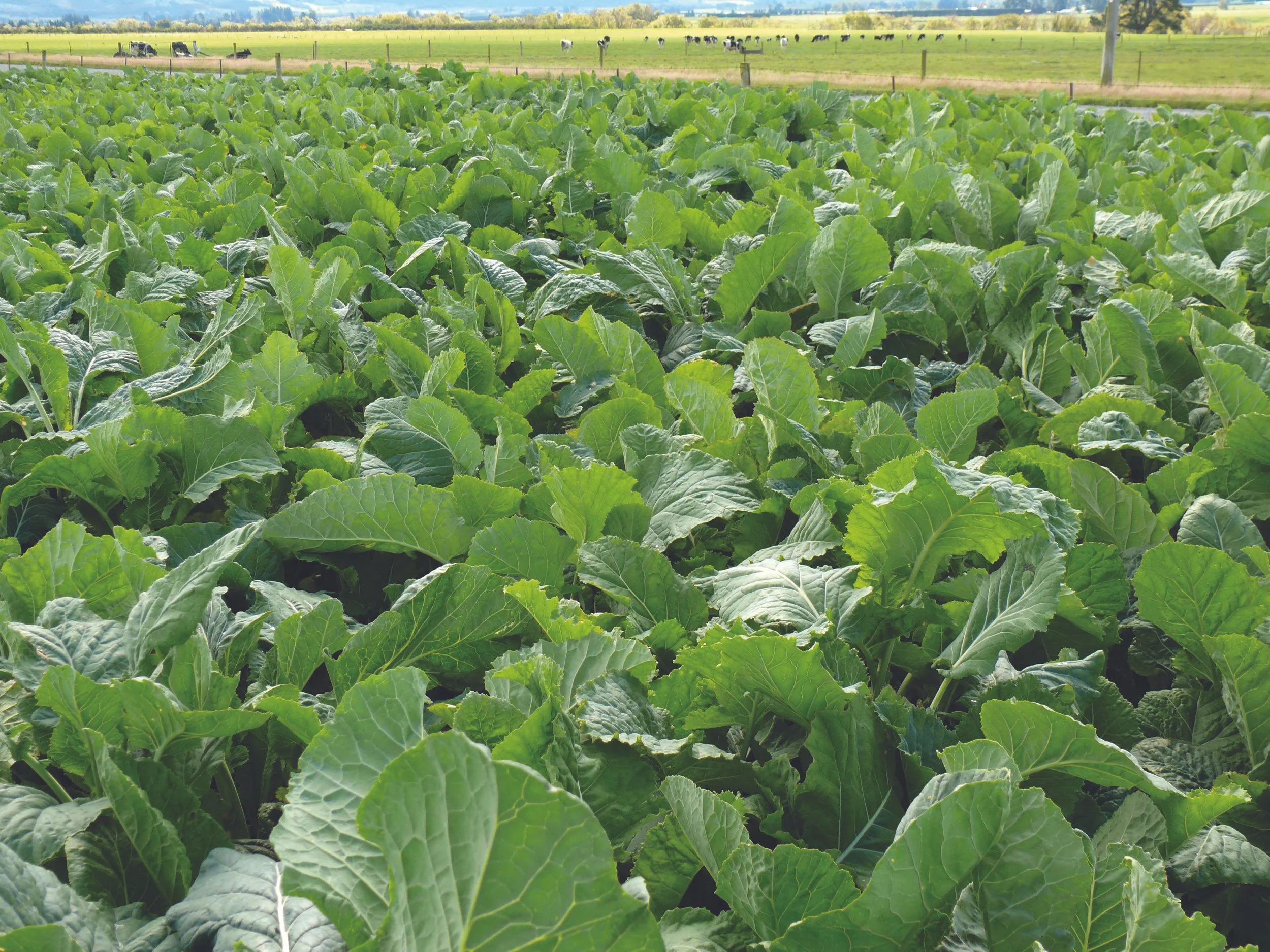New label claim for well-known herbicide
Farmers have a new option for dealing with grass weeds and storksbill in high value swede crops this season, thanks to a new registration for Gallant Ultra.
Storksbill is a major problem in some forage crops
Up until this year, it has only been labelled for certain forage species, namely kale, late maturing rape and fodder beet.
But now the selective post-emergence herbicide has been approved for swedes too, which is great news for anyone looking to maximise their return on investment in these crops.
Gallant Ultra contains the active ingredient haloxyfop-P (Group 1).
Nicole Morris, technical specialist for Corteva AgriScience, says it controls a wide range of common and potentially expensive grass weeds, including annual and perennial ryegrass, volunteer cereals, cocksfoot, brome grasses and couch.
Importantly, she adds, it is also effective on storksbill, which in some areas is a major problem weed in forage crops.
Corteva began seeking approval for the label change three years ago, and is excited to have it available for the coming season’s crops.
“We’re really pleased. Early weed competition can be yield limiting in forage crops, and this gives growers another control option if they need it.”
Recommended spray rates are up to 250 mL/ha, and Gallant Ultra can be applied up to the sixth leaf growth stage of the swede crop. Always apply with Uptake spraying oil, Morris says.
Grazing rules and withholding periods are quite detailed, so it’s important to get these absolutely right.
The grazing withholding period for both milk and meat is 12 weeks after application, with some extra requirements.
Swedes treated with Gallant Ultra cannot be fed to dairy cows in milk.
Dry cows can be fed on treated swedes, but must be held on untreated feed for 21 days prior to their first milking.

